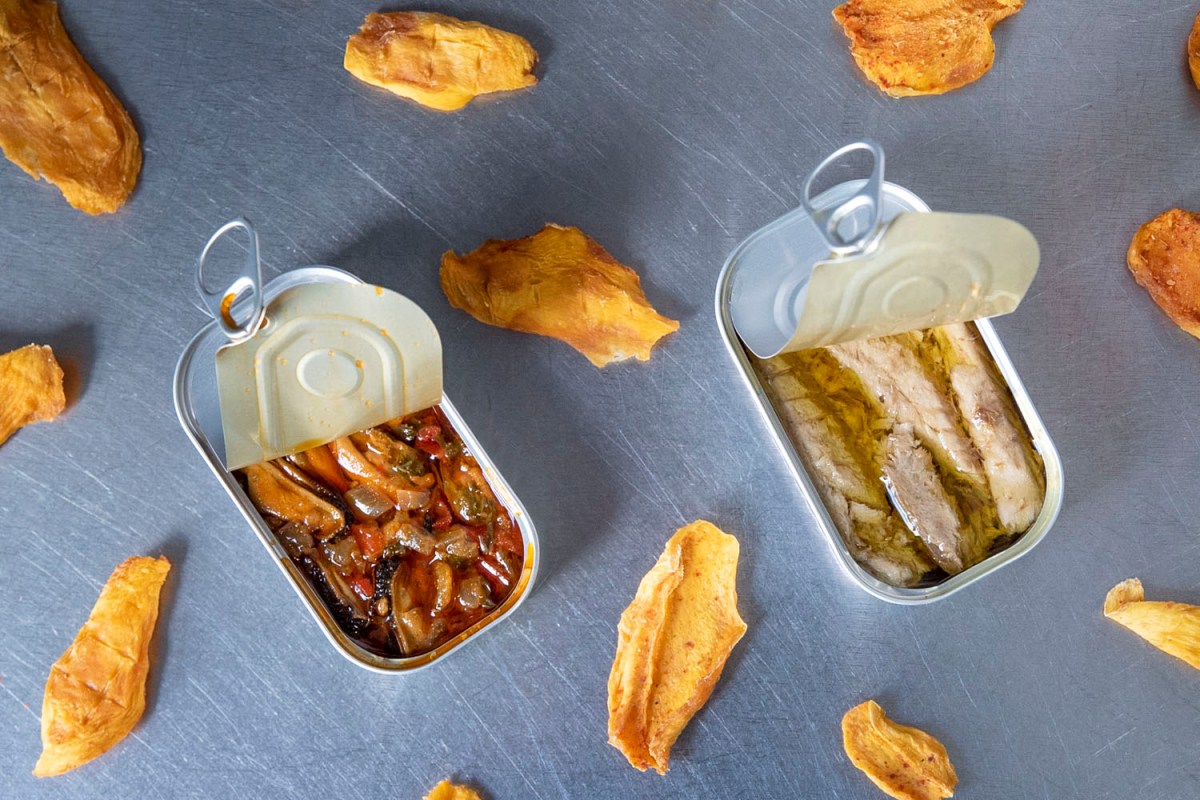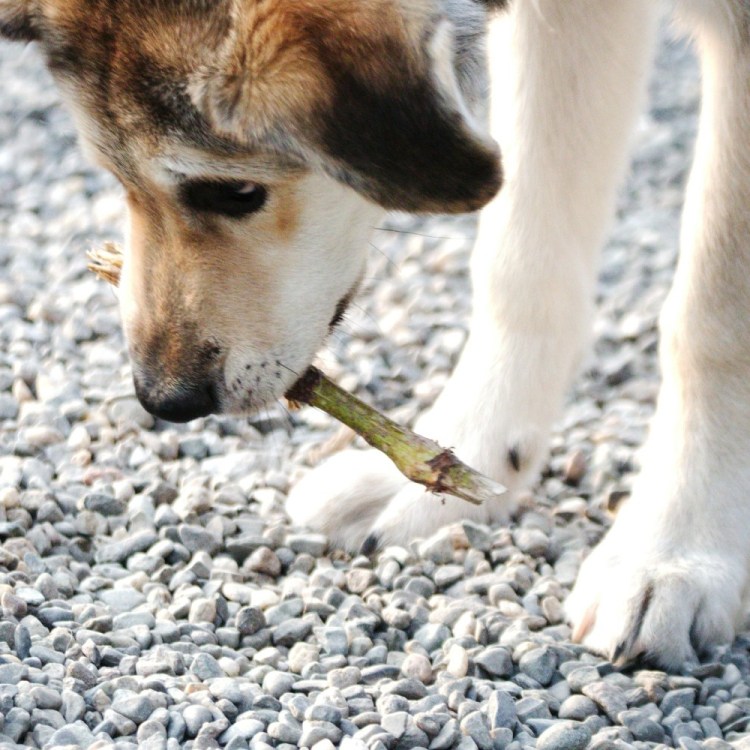In 2017, a friend and I decided to drive down from Seattle to Los Angeles. We had just graduated from college and were feeling a little aimless with our lives. At least, I was. On the third day, we stopped at the tip of Northern California and set up camp in a forest filled with soaring Redwoods.
That night was one of my favorite car-camps I’ve had to this day. The nature was beautiful, sure, but what made it so exceptional was the meal. When I’m car camping, I usually get a little fancier, since I know I’ll have a fire available. Maybe I’ll throw some ribs on there, or make a curry if I’m feeling extravagant. If I’m backpacking, it’s a different story. I’ll usually, bring Trader Joe’s shelf-stable Indian food and put it over couscous. But earlier that week, we had stumbled into the Patagonia store in Seattle, and unable to afford much, found a beautiful package of boxed salmon that was surprisingly within our price range. And since Patagonia was behind it, we thought, why not, we’ll trust it.
We prepared some orzo we’d picked up from Pike Place in our camp stoves, and plopped in the Patagonia Provisions salmon. Having fresh-tasting fish with minimal effort among some of the most glorious trees I’d ever witnessed was sublime. The pink of the salmon was just the right hue, and it tasted delicious — fishy, but not too fishy. We enjoyed every bite, letting the buttery seafood melt on our tongues as the redwoods towered above us and the fire crackled below.
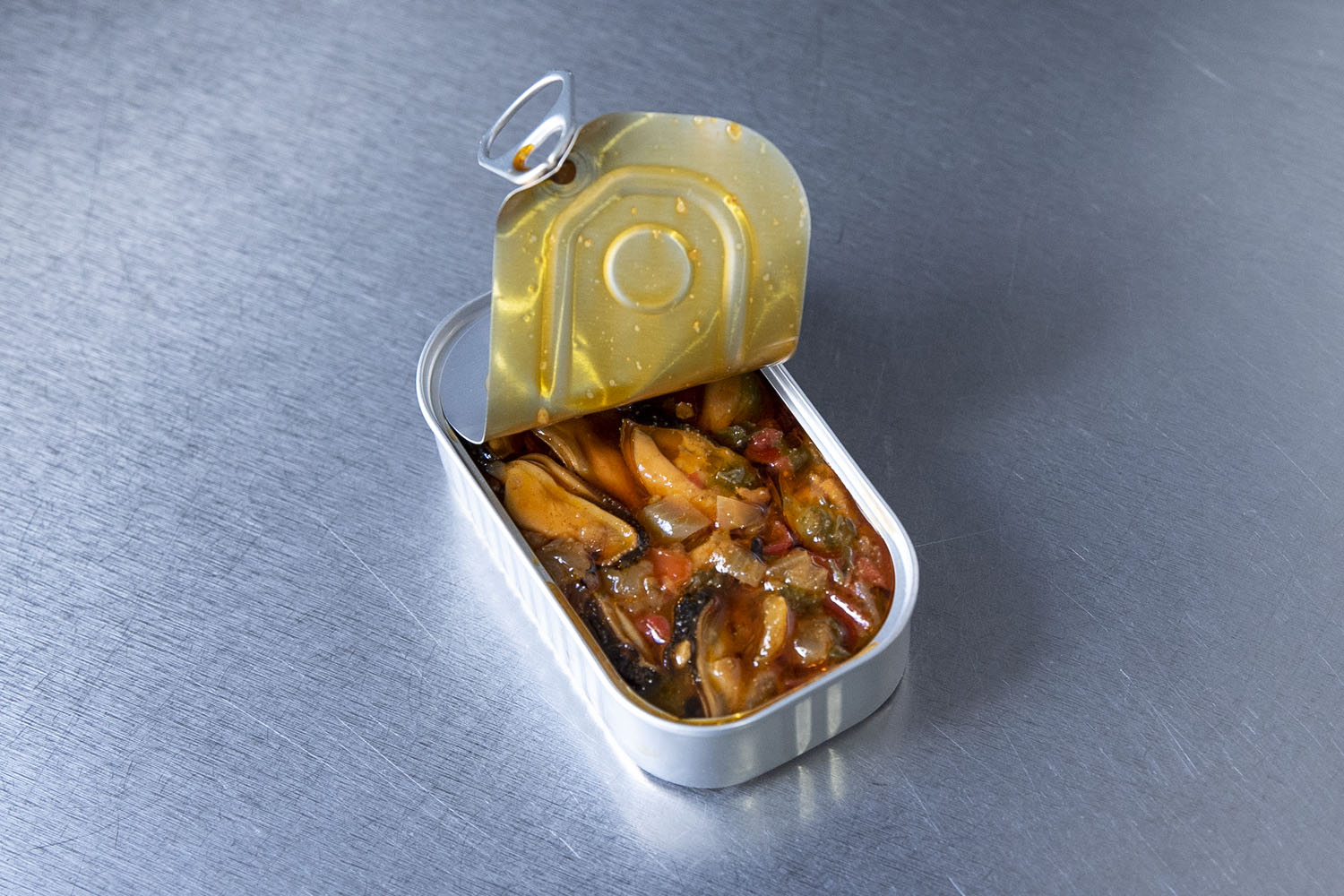
I hadn’t had Patagonia Provisions since 2017, but it was something that repeatedly popped up in conversations with friends, mostly spurring an array of questions and curiosity: why did Patagonia decide to enter the food space? What did they hope to achieve? With people stocking up on pantry staples, I wondered if this sustainable option was worthwhile. But moreover, I wondered who this product was even for? The backpacker and camper looking to have a delicious dinner outdoors, or the home cook attempting to be sustainable?
The answer, it would turn out, is both, and because of this muddled mission, turns out being neither, too.
Because of the prevalence of meal-kits like Hello Fresh and Blue Apron, I thought it would be an interesting challenge to only cook with Patagonia Provisions for a week during the COVID-19 crisis. While Patagonia Provisions occupies a different space than these two companies, the former being shelf-stable food, the latter being fresh, Patagonia nonetheless intrigued me because of their mission. It’s plastered over every box of provisions and Birgit Cameron, the Managing Director of Patagonia Provisions would reiterate it to me, too: “We’re in business to protect our home planet.”
But before I had eaten my first bite, I watched Patagonia’s promotional video, Unbroken Ground (I’m a sucker for their videos). It begins with founder Yvon Chouinard saying a similarly packaged line that sums up Patagonia’s decision to enter the food space: “In the food business, there’s a tremendous amount of misinformation. If you want to feed your family, you have to ask a lot of questions.” The video then goes on to detail the sourcing of all Patagonia Provisions, and the mission behind each packaged product. For the grains, Patagonia emphasizes regenerative agriculture that builds topsoil instead of depleting it. For Buffalo Jerky, Patagonia shows how much they’ve learned about regenerative grazing methods. For salmon, Patagonia illustrates how supporting the respectful and responsible harvesting of wild salmon as opposed to giant aquafarms is beneficial for the environment, and the flavor profiles, too.
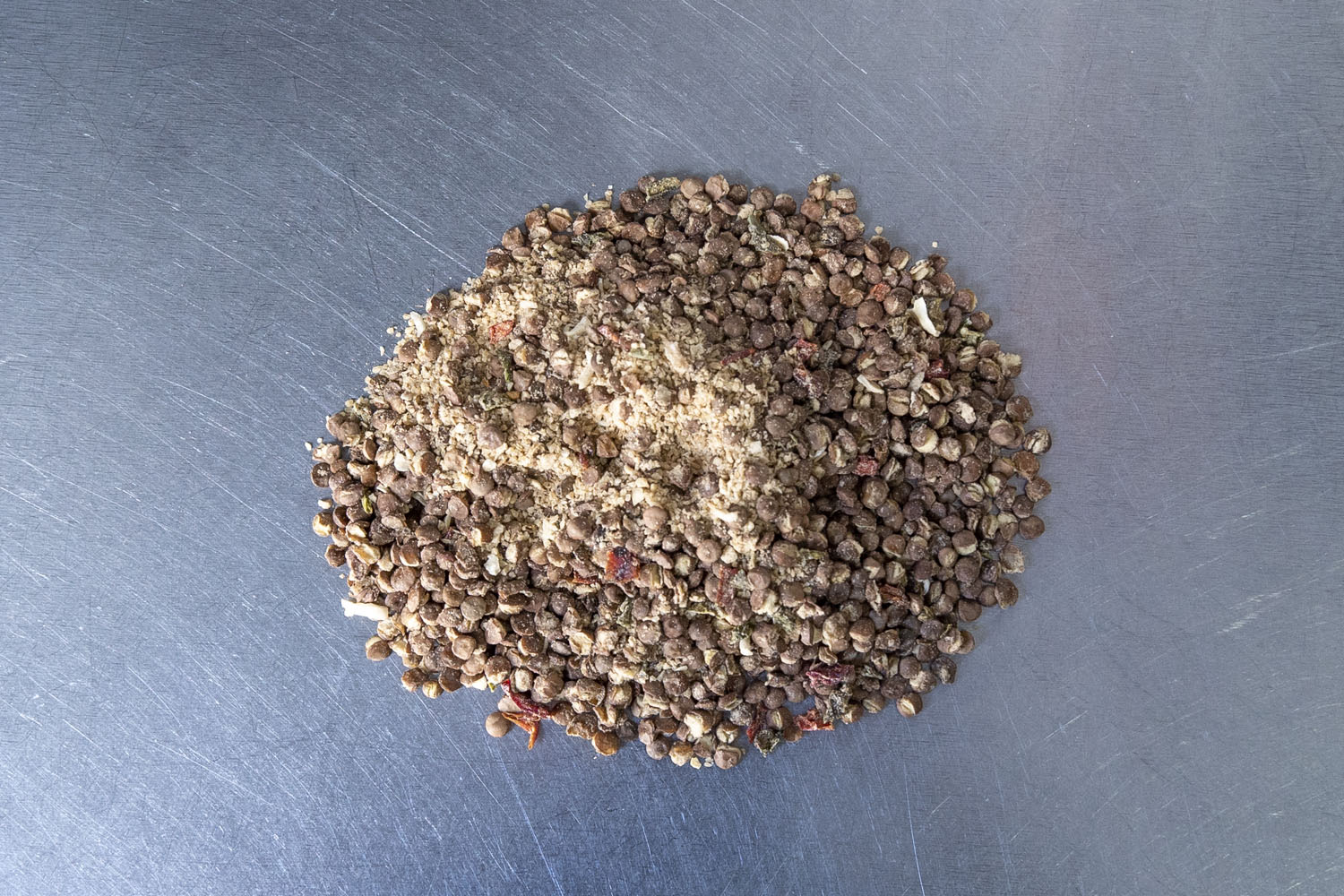
While Patagonia Provisions are not farm-to-table food (they are dehydrated), the “big picture” behind the project, stretches its shadow as far as the package copy, making the food give off a feeling, an idea of freshness. Because at least in my mind, there is an inherent coupling of sustainable food and fresh food that’s difficult to untangle. Patagonia really doesn’t do much work to unravel this assumption. Instead, they’ve thrown money behind packaging their product in such an aesthetically pleasing way that you might want to put them on display if you have people coming over. As much as wearing Patagonia clothing can be a symbol of “outdoorsy-ness,” Patagonia Provisions aspires to be a symbol of someone who eats with a mind for the planet. The bags of food are coated in a matte finish that feels good on the fingertips and when opening the salmon box, the Patagonia silhouette appears, carved out of cardboard on the inside flap. There is a map of where the salmon was caught, and nearby, a blurb about their responsible fishing practices.
On paper, it all sounds fantastic, and coupled with the vivid shots of salmon flopping onto fishing boats, buffalo marauding through pastures and 80-something Yvon Chouinard looking rugged as ever, I was beyond excited to tear into my first meal of the week.
While preparing the Red Bean Chili on my stove, I thought about how great this was going to be. I thought, as I dumped the canned mackerel atop the cooling stew, about how through my eating choices, I would be having a direct impact on our food system and our society writ large. I felt empowered. But my first bite didn’t line up with my expectations. Suddenly, I was slung back to reality by a plastic-like tang, and the astringency this bout of week-long-activism would entail became clear.
My experiment continued on much in the same way for three more days. I discovered the canned mussels and mackerel didn’t have that processed flavor I’d experienced with the chili, nor did the salmon and buffalo jerky. Tossed over some of their grains, I could blur it out enough to where it was hardly recognizable. In the mornings, I ate the breakfast grains, adding honey and brown sugar to mask the flavor to not much avail. In the afternoons, I snacked on their fruit bars and soup collection, and in the evenings, I devoured salmon over grains. It was all doable, just not very enjoyable.

I really wanted to like the provisions more than I did. After all, the environmental impact Patagonia hopes to achieve is important and worthwhile, but realizing it seems futile if the food isn’t as delicious as even other shelf-stable foods. So, on night three, apprehensive of my breakfast the next morning, I decided to go online, to www.patagoniaprovisions.com and make one of their recipes. I opted for the breakfast muffins, which were easy enough to throw together. But the muffins came out sheet-of-paper white. Masked by the compote drizzled atop, my girlfriend put it best: “If I was in the backcountry, I’d eat them, but probably not anywhere else.”
For the rest of the week, I tested the recipes online. It became a competition to see which could camouflage the Provisions best. I’d later learn from Cameron that this is more or less how they are to be used, as “great nutrient dense starting points for home cooks to get creative with.” If you don’t have access to fresh caught fish or grains grown responsibly, Patagonia Provisions provides a solution. Or maybe they should be viewed as a nudge, a reminder to privileged people like myself, that being sustainable and making food choices that are beneficial to the planet is an important and worthwhile act.
I think they can be. But personally, I wish they were at least closer to stand-alone meals, so that in this way, they could be sustainable and easy. Instead, by more or less necessitating that the food is involved in complex recipes, the home-cook is forced to perform complicated equations of moral calculus while preparing each meal. If I use Patagonia Provisions salmon and mussels in this cioppino, I wondered, but I also use frozen shrimp, tomato paste from tomatoes grown with GMOs, bread made with traditional grains, and fish stock made with aqua-farmed fish, am I being sustainable or unsustainable?
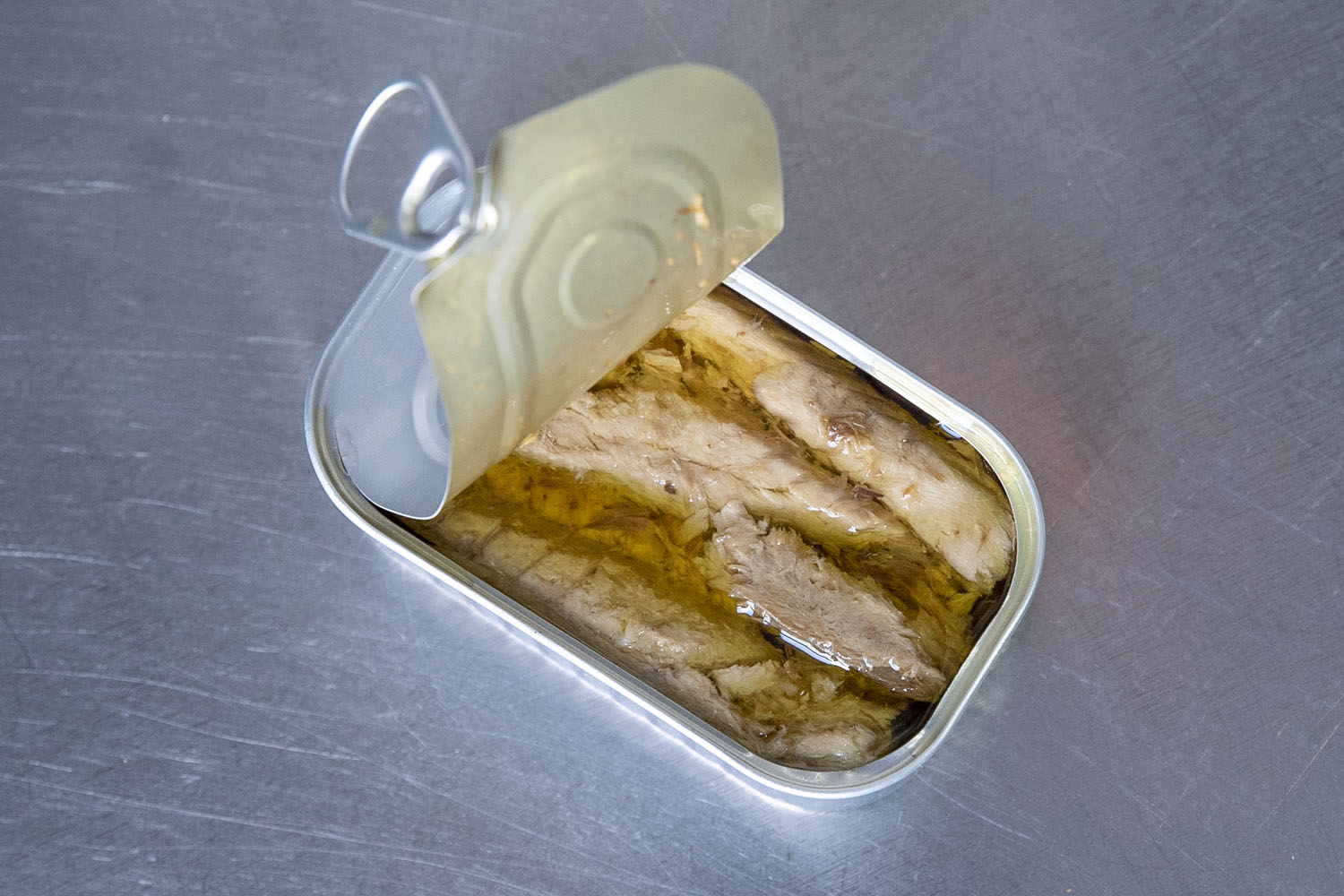
The cioppino is a great example, because while it was my favorite dish (and the winner of my little competition), I also wondered how much more delicious and enjoyable it would have been had I only used fresh seafood. One of the reasons I eat closer to vegan nowadays is that suddenly, there’s minimal sacrifice involved. Vegan food is delicious — whether it’s Rancho Gordo Beans or Superiority Burger, it doesn’t have to feel like a ton of work, or like I’m sacrificing anything by leaving out meat and dairy from my diet on occasion. This, in turn, makes the feeling of doing something slightly beneficial for the environment just icing on the cake. And because of how easy it is, I’m compelled to eat this way more often. However, when cooking this elaborate dish with non-fresh seafood that is also, just OK, it felt like I was sacrificing both flavor and freshness in order to be slightly sustainable (if I even was being sustainable). It felt, and tasted like, to me at least, that I hadn’t done the dish, and in a backwards way, even the salmon itself, justice.
If you add this with the fact that the packaging isn’t biodegradable or compostable, I would say there are some issues to be addressed. To that, Cameron responded, “The only way to work on a system is to be fully in that system,” which while factually true, leaves something to be desired.
The Charge will help you move better, think clearer and stay in the game longer. Subscribe to our wellness newsletter today.
